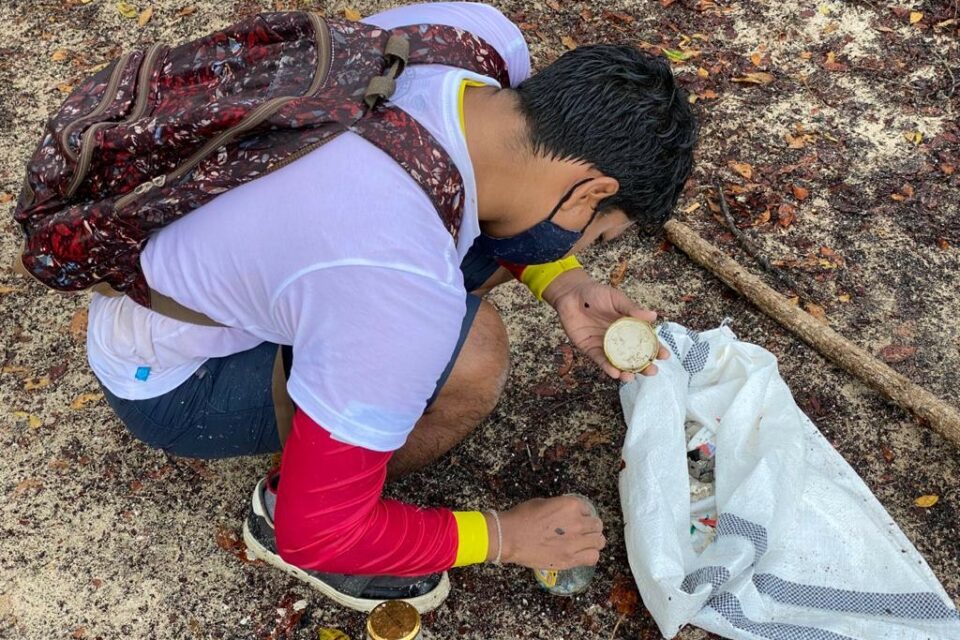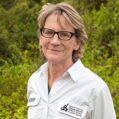

One Health: It’s time to rethink our relationship with nature
One Health is the collaborative effort of multiple disciplines — working locally, nationally and globally — to attain optimal health for people, animals and the environment.
If there’s one thing that COVID-19 has laid bare, it’s that we cannot separate human health from the health of all other life on Earth. The coronavirus, SARS-CoV-2, is thought to have reached humans from a bat host, through an intermediary animal vector probably traded as a source of protein for the growing human population.
The pandemic is a real wakeup call, reminding us that the way we interact with other species and the wider environment matters a lot. This is the simple message behind One Health, the collaborative effort of multiple disciplines — working locally, nationally and globally — to attain optimal health for people, animals and the environment. This movement highlights the health connections of the three arms of the One Health triad – animals, humans and environments – and asks us to work together to solve the many health crises of today.
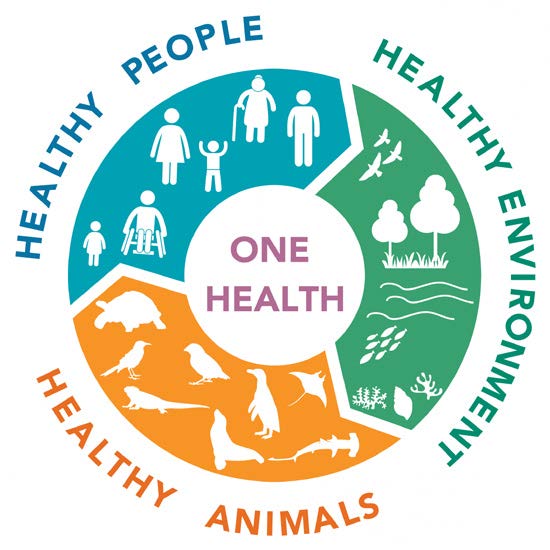
By way of an illustration, I give you Pseudogymnoascus destructans, a fungus that was first detected in the United States in 2006 that infected and killed North American bats in their millions. What has this got to do with human health and wellbeing? Bats control insect pests, feeding on many species that plague human crops and vectors like mosquitoes that carry viruses such as West Nile virus and Zika virus. So, without bats, we may be at increased risk of infectious diseases and we become more reliant than ever on pesticides. Bats are also pollinators, with a role in the fertilisation of some 300 fruit varieties. Indeed, it’s been estimated that the ‘ecosystem services’ provided by bats contribute almost $4 billion to US agriculture every year. We cannot continue to ignore the web of ecological connections. Put simply, a healthy planet equates to healthy humans.
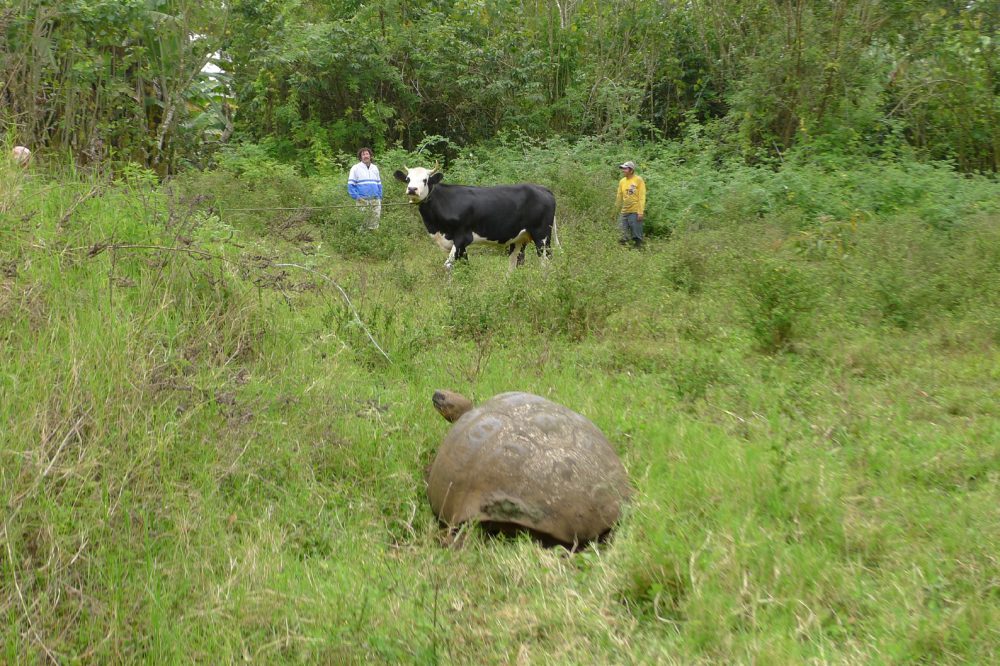
In Galapagos, as elsewhere, the health of humans, animals and environments are connected, and we need to pay attention to the three sides of the triangle. The overuse of antibiotics to treat human and livestock bacterial infections, for example, allows for strains of bacteria that are resistant to antibiotics to evolve. With humans in Galapagos living so close to protected areas, it’s very likely that these strains will find their way into the wider ecosystem, with consequences that may have serious negative health impacts on the endemic wildlife of Galapagos, the livestock species raised on the Islands, and the human inhabitants and tourists.
With many of us now living in cities and away from nature, it is easy to ignore the importance of the profound connections between the health of humans, other species and the wider environment, but to do so is to invite a planetary heart attack. The COVID-19 pandemic provides the opportunity to reimagine a post-pandemic future. We each have a responsibility to ourselves, our communities and other species to embrace the One Health approach to ensure healthy humans, healthy animals and healthy environments.
There are many ways to weave One Health into our daily lives. Buying less and reusing and recycling more will reduce your ecological footprint in an instant. Eating less meat and sourcing food from local, sustainable producers will reduce the movement of plants and animals, and hence the incidence of new zoonoses – diseases shared between human and non-human animals. Avoiding toxic chemicals when treating pests will minimise the introduction of disruptive chemicals into the environment. Picking up litter, particularly plastic waste, will contribute to the health of the oceans.
And, of course, respecting the air and water on which we all depend will not only make you healthier, it also may just make you happy.
For more ideas on how to help visit: stlzoo.org/diyconservation
This article originally featured in our Autumn Winter 2020 edition of Galapagos Matters.
How to help
Why not become a member today for as little as £3 a month, and help to preserve these Islands for years to come? Or head over to our shop to purchase a Galapagos themed gift.
Related articles

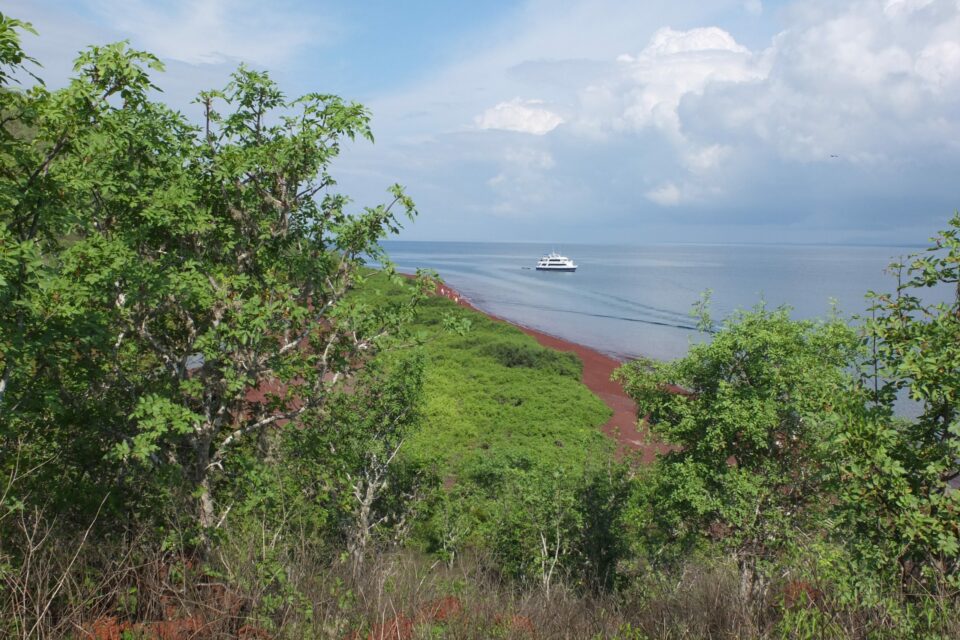
Global relevance: Financing conservation post COVID-19
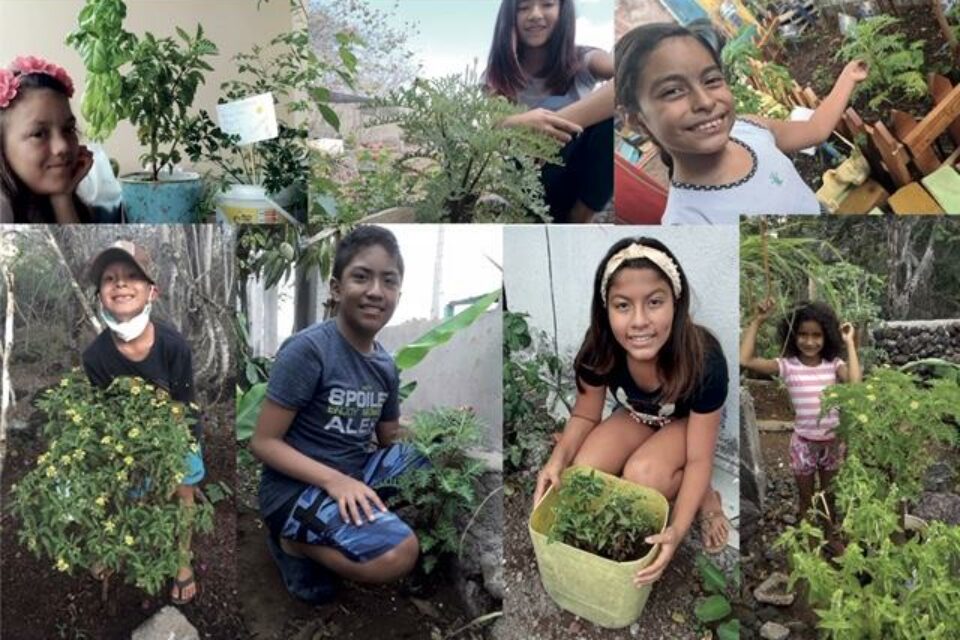
Urban Family Gardening: Positivity amidst the pandemic
